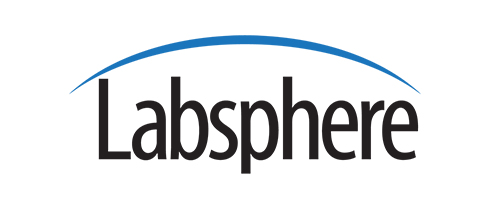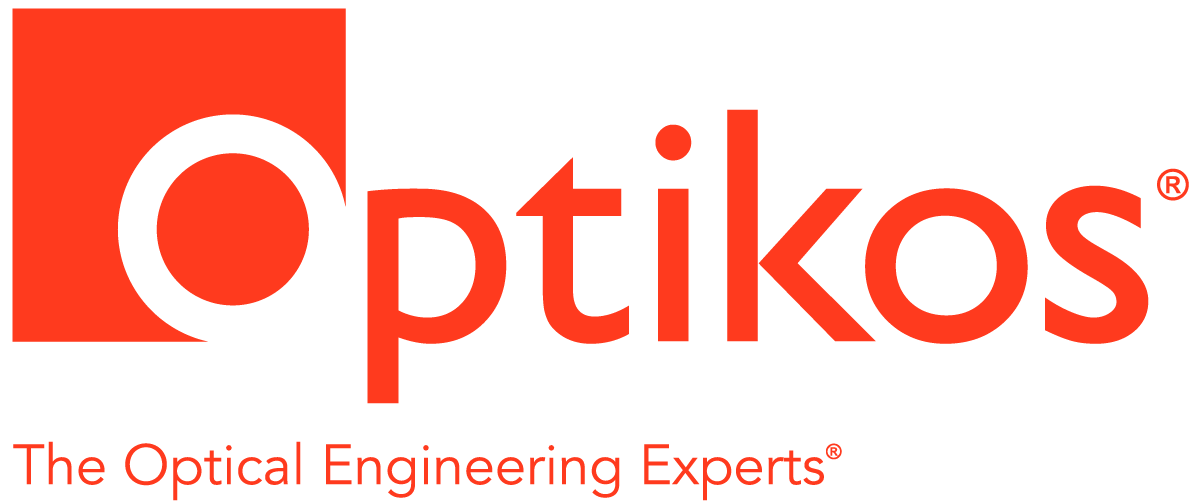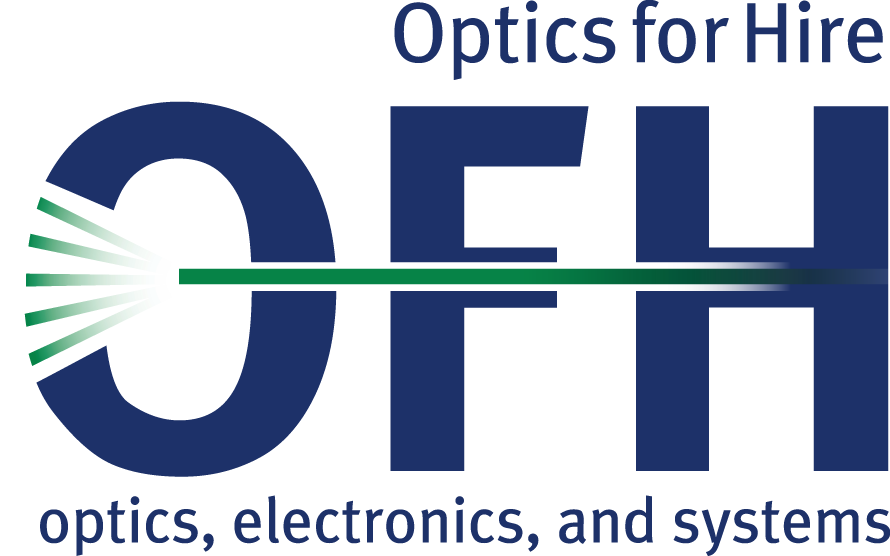Fiber Optic Sensor Networks and Monitoring Techniques
Joint Meeting with Boston Chapter, IEEE Photonics Society
Optical fiber development in communications and sensing started around 40 years ago but afterwards, they have had an unequal development. Fiber-optic sensor global market is growing and in the last years new technologies are available in specific niches where their electronic counterparts do not work properly. Development of new self-referencing techniques can also foster simple fiber-optic intensity sensors to be developed. Those techniques can also be applied to new integrated optics solutions based on intensity measurements. One of the main specific characteristic of fiber-optic sensors is its potential to be multiplexed so many points can be measured in different locations by using a single lead of fiber. Fiber-optic self-reference intensity networks can be developed using architectures proposed for broadband access networks. They can also share the use of specific devices already developed for communications applications. But the reverse can also be possible and successful strategies in the sensing domain can also be used to assist telecommunications needs. A review of different fiber-optic sensors will be given, showing techniques for reliable remote measurements in multiple points using fiber optic intensity sensor. An example of a cross-application from sensors to monitoring broadband access networks will also be described.
Carmen Vazquez
Dr. Carmen Vazquez is a Professor at the Electronics Technology Department of the Universidad Carlos III de Madrid (UC3M), Spain. She is currently a Visiting Scientist at the Research Laboratory of Electronics at the Massachusetts Institute of Technology. She is a co-leader of the Displays and Photonics Applications research group. She worked at the Optoelectronics Division of “Telefónica Investigación y Desarrollo” (Spain) and at TELECOM (Denmark). Her research covers the fields of integrated optics devices, plastic optical fibers, broadband access networks and monitoring techniques, filters, switches, fiber sensors and networks. She has co-authored 57 papers in refereed journals, 59 international Conference Proceedings and 5 patents and she has coordinated 3 book chapters. She has experience on National and European projects of ESPRIT, RACE & IST programs such as PLANET, OMAN, HEMIND, SAMPA, EPhoton/One+, BONE (Building the Future Optical Network in Europe), COST299 (Optical Fibres for New Challenges Facing the Information Society). She is member of IEEE (senior), SPIE (Publications Committee Member), and OSA. She regularly gives lectures at the Telecom Bretagne University (France) since 2006. She has supervised 5 Ph. D. students awarded with UC3M doctorate extraordinary awards and ONO PhD award in Innovation on Advance Services on New Generation Networks. She graduated in Physics at Complutense University of Madrid (Spain) in 1991, and she earned a doctorate in Photonics Technologies in 1995 from Polytechnic University of Madrid, she won the doctorate extraordinary award. She has been twice a Vice Chancellor or Vice President of the UC3M, from 2007 to 2009, in the areas of Postgraduate Studies, Quality, Infrastructures and Environment. Before this she was the Head of the Electronics Technology Department from 2004 to 2007.
This meeting begins at 7:00 PM Thursday, December 13, 2012 and will be located in the cafeteria at MIT Lincoln Laboratory, 244 Wood Street, Lexington, MA 02420. The meeting is free and open to the public. All are welcome. Prior to the meeting there will be a speaker’s dinner at 5:30pm at Lemon Grass Thai restaurant in Lexington Center (1710 Mass Ave., Lexington, MA). Please RSVP if you interested in attending the dinner. For more information: contact Robert Stephenson, Boston IEEE Photonics Society Chapter chair at This email address is being protected from spambots. You need JavaScript enabled to view it. , or visit the IEEE website at http://www.bostonphotonics.org.
Location: MIT Lincoln Laboratories
Directions:
244 Wood Street
Lexington, MA 02420
Directions to MIT Lincoln Laboratory: (from interstate I-95/Route 128)
From Exit 31B
Take Exit 31B onto Routes 4/225 towards Bedford - Stay in right lane
Use Right Turning Lane (0.3 mile from exit) to access Hartwell Ave. at 1st Traffic Light.
Follow Hartwell Ave. to Wood St. (~1.3 miles).
Turn Left on to Wood Street and Drive for 0.3 of a mile.
Turn Right into MIT Lincoln Lab, at the Wood Street Gate.
From Exit 30B
Take Exit 30B on to Route 2A - Stay in right lane.
Turn Right on to Mass. Ave (~ 0.4 miles - opposite Minuteman Tech.).
Follow Mass. Ave for ~ 0.4 miles.
Turn Left on to Wood Street and Drive for 1.0 mile.
Turn Left into MIT Lincoln Lab, at the Wood Street Gate.
To get to the Cafeteria, proceed toward the Main Entrance of Lincoln Laboratory. Before entering the building, proceed down the stairs located to the left of the Main Entrance. Turn right at the bottom of the stairs and enter the building through the Cafeteria entrance. The Cafeteria is located directly ahead.



